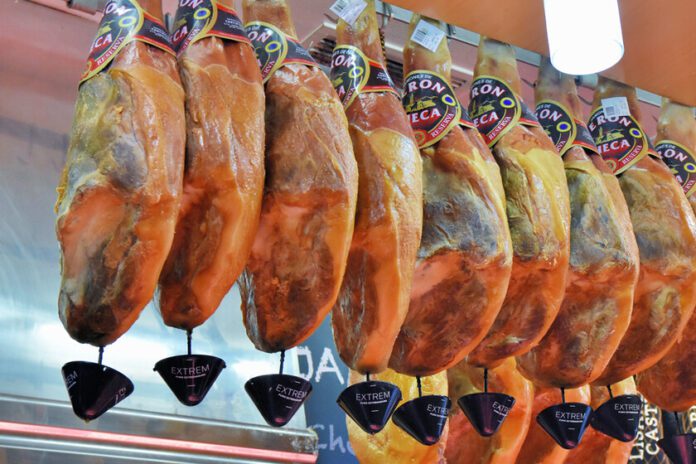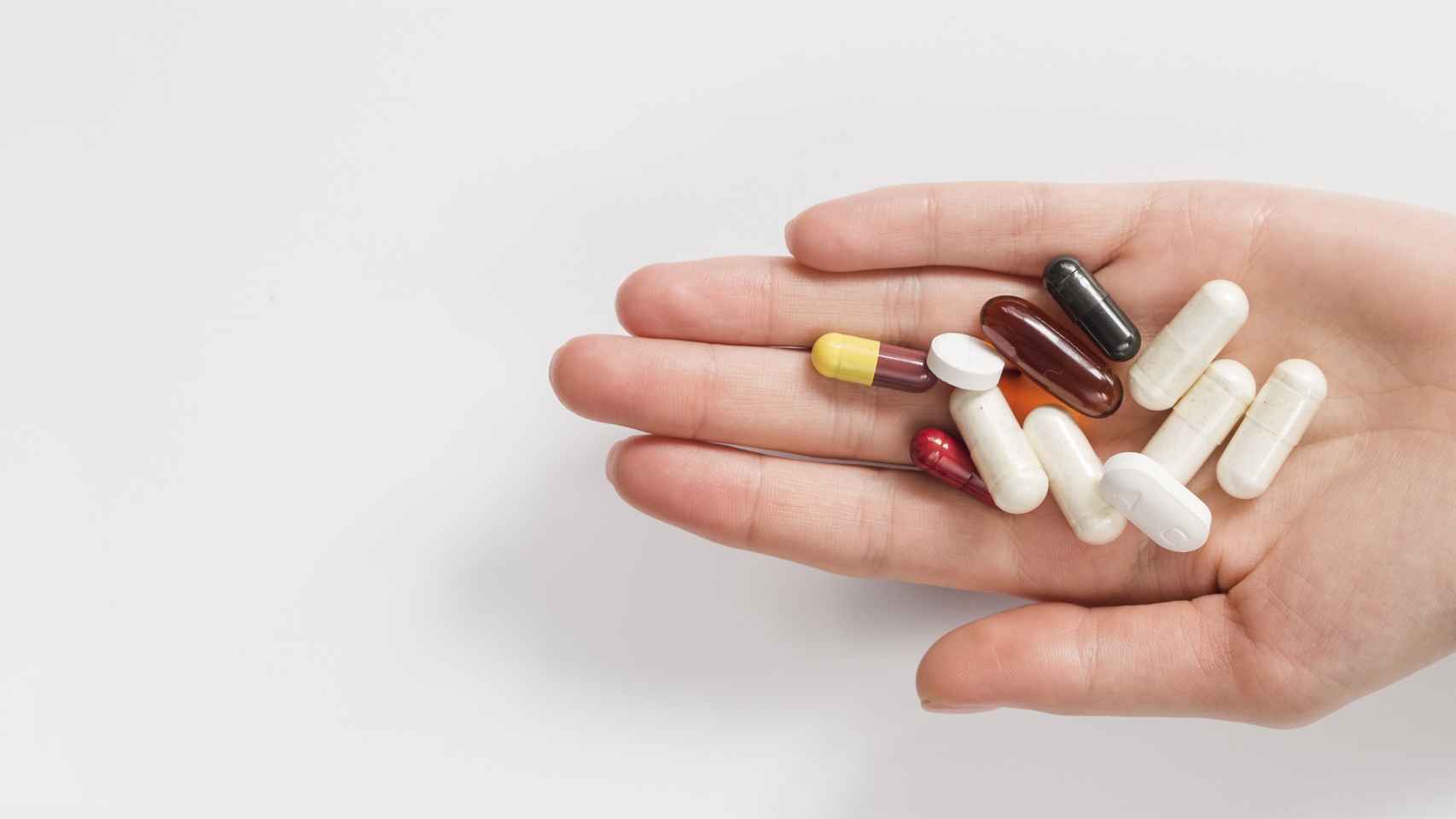The best white label Iberian ham is from Auchan and they sell it in Alcampo. Sliced, from “Iberian bait 50% Iberian breed” and at 42.30 euros per kilo, it is (by far) the best product in terms of quality/price, according to the latest analysis carried out by the OCU. The curious thing is that, although it seems like just another ranking, as happened a few weeks ago with the best milk in Spain, this type of in-depth analysis attracts incredible interest among consumers. Increasingly.
What’s going on with the food? One of the big topics in recent years has been the “future of food.” What if substitute shakes, what if fake meat, what if insects for human consumption, what if steaks grown in a fermentation tank… A long list of products that, in one way or another, tried to rethink the way in which what we eat
And yet, we do not quite understand the food of the present. That seems to be the great current challenge. Food has been filled with large corporations that are increasingly trying to homogenize diets around the world to countless gurus who play with definitions according to the time of day. For this reason, going to the supermarket every day is becoming more complicated (and the systems to simplify it are stuck in ministerial offices).
How to know that we are eating healthy, cheap and quality things? This becomes even more serious when we talk about the crown jewels of the national diet. Let us remember that Nutriscore scored olive oil horribly badly and the “anti-process fever” left Iberian ham in a very bad place: both oil and ham scored worse than Chocapic.
For this reason, when seeing analyzes such as the one by the OCU, it is inevitable to wonder if there really are objective criteria to evaluate which products are better or, in the end, everything is a more or less elaborate marketing action. That is, how can we know if a ham is good or not? Can we predict the quality of the ham?
It’s not a matter of taste… A few years ago, Isabel Revilla, professor of food technology at the University of Salamanca, asked herself the same question. She was interested, above all, in finding a scientific procedure that she would be able to combine, in one way or another, subjective and objective criteria. In his approach, Revilla realized that professional tasters used a scheme of 28 parameters divided into four large blocks: appearance (marbling, fat color, color homogeneity, color intensity, sweating and white spots), smell ( intensity, cured, pork, rancid, off-flavour), flavor (intensity, fat intensity, cured, salty, sweet, sour, rancid-aged, aftertaste, off-flavour) and texture (toughness, juiciness, oiliness, stringiness, chewiness , chewiness, heterogeneity and residue).
With this information and the help of an artificial neural network, he wondered if the quality of a slice of ham could be evaluated without even handling it: only with a photographic analysis. His conclusions were that not only could sensory parameters be predicted, but the results closely resembled those of professional tasters. In other words, the senses effectively function as high-quality tools.
How do we bring this into our home? The truth is that it is not easy. For now, because even for experts, selecting a good ham just by sight is complicated. There are simple things like observing that the color of the slice is uniform (the existence of darker and lighter areas indicates poor curing); but unfortunately that does not reach all the organoleptic aspects of the ham.
Beyond a homogeneous color and a pleasant smell, many consumers pay attention to the hoof. However, here you have to be careful, there are more and more varieties of pigs that, despite not being Iberian, morphologically or chromatically resemble pigs of the Iberian breed. The case of the Duroc, which have a black hoof, is well known. Therefore, experts insist that the key element is the label.














